Quick update for iOS users
Quick update for iOS users: all Physics Zone simulations now run smoothly on iPhones, iPads, and Macs after fixing the full-screen toggle issue.

Quick update for iOS users: all Physics Zone simulations now run smoothly on iPhones, iPads, and Macs after fixing the full-screen toggle issue.
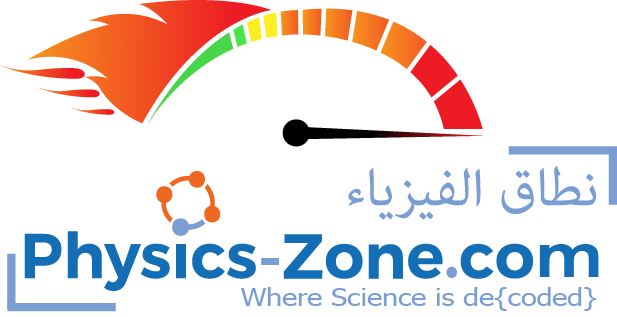
All simulations have been updated to use a locally hosted CreateJS library instead of an external one, resulting in faster loading, smoother performance, and improved reliability.
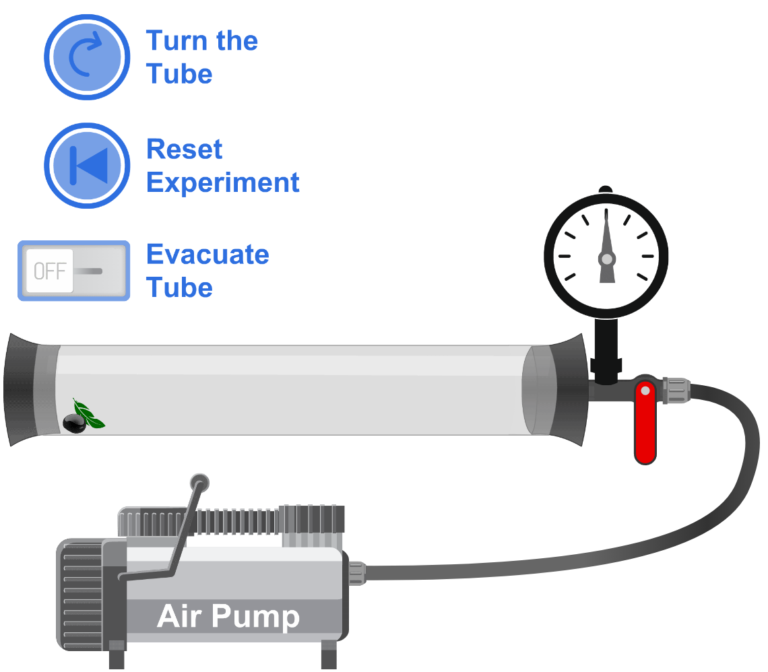
This simulation models Newton’s tube experiment, showing how air resistance affects falling objects. By removing air from the tube and flipping it, users can observe how a feather and a pebble fall differently in air but identically in a vacuum—demonstrating that gravity accelerates all objects equally when air resistance is removed.

This interactive wave interference simulation demonstrates wave superposition from two coherent sources. Users can adjust wavelength, amplitude, phase difference, and source distance to observe dynamic interference patterns. A real-time probe displays both individual wave amplitudes and their combined effect, illustrating constructive and destructive interference across the field.
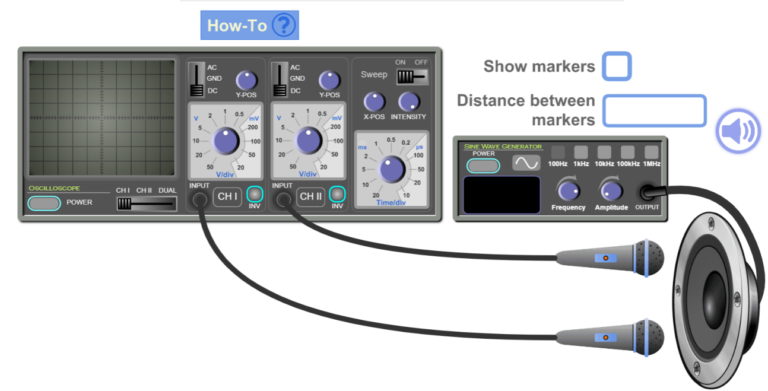
In response to valuable feedback about the simulation “Phase Difference Between Sound Waves Simulation,” highlighting the slight inaccuracy of the obtained speed of sound of air, which was found to be about 349 m/s, this inaccuracy was fixed, so now it gives 346 m/s as it is supposed to give at room temperature.
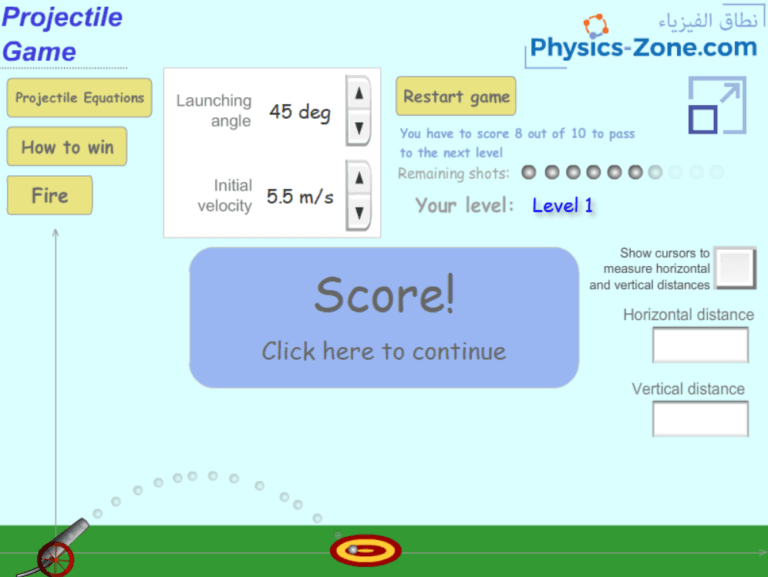
This physics-based game requires applying projectile motion equations to hit moving targets. Measure distances, set the angle, calculate the initial velocity, and hit the target across three increasingly challenging levels.
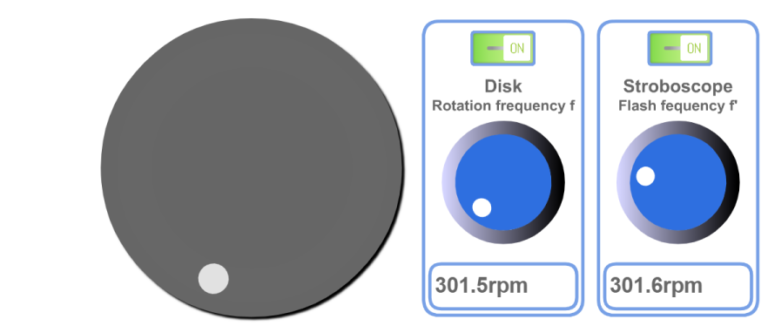
Since the frequency of the slow apparent motion in the stroboscope experiment varies depending on various factors that are not taken into consideration in the simulation, an essential change has been made to the code of the Stroboscope Experiment simulation to address the frequency of this apparent motion in the observation remarks.
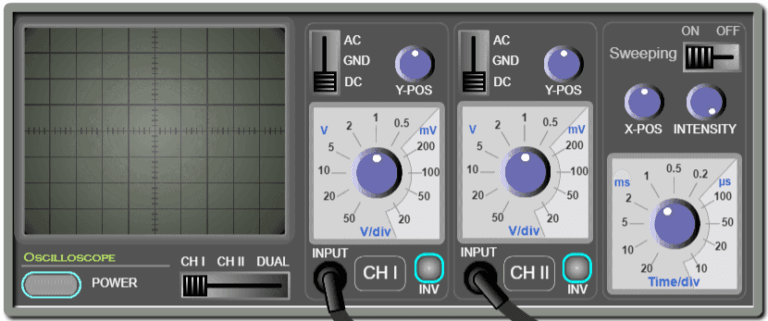
The paper: Using a web-based and stand-alone oscilloscope for physics experiment during Covid-19 pandemic, Mahizah Ismail et al (2023), Phys. Educ. 58 015006, is based on the Virtual Oscilloscope simulation. This paper was authored by Mahizah Ismail, Farid Minawi, Wan Zul Adli Wan Mokhtar, Noraihan L Abdul Rashid and Ahmad K Ariffin.
The article DOI: https://iopscience.iop.org/article/10.1088/1361-6552/ac95eb
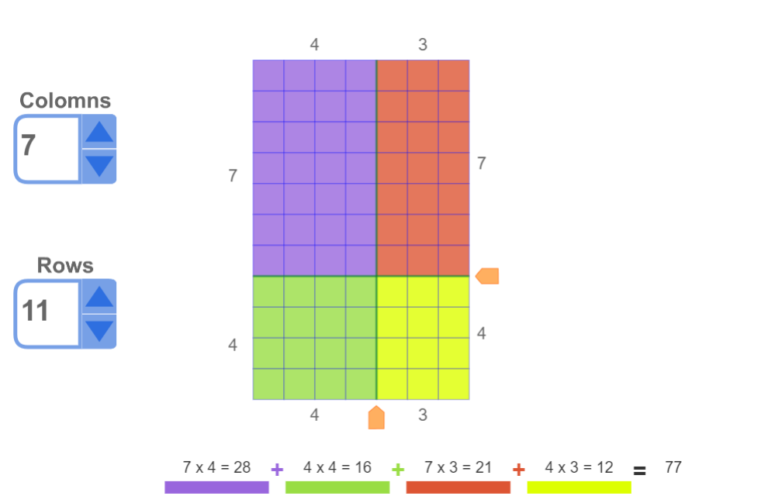
This simulation demonstrates how to apply the distributive property using the area model of partial products. It breaks multiplication into smaller parts, then adds them to get the full product.
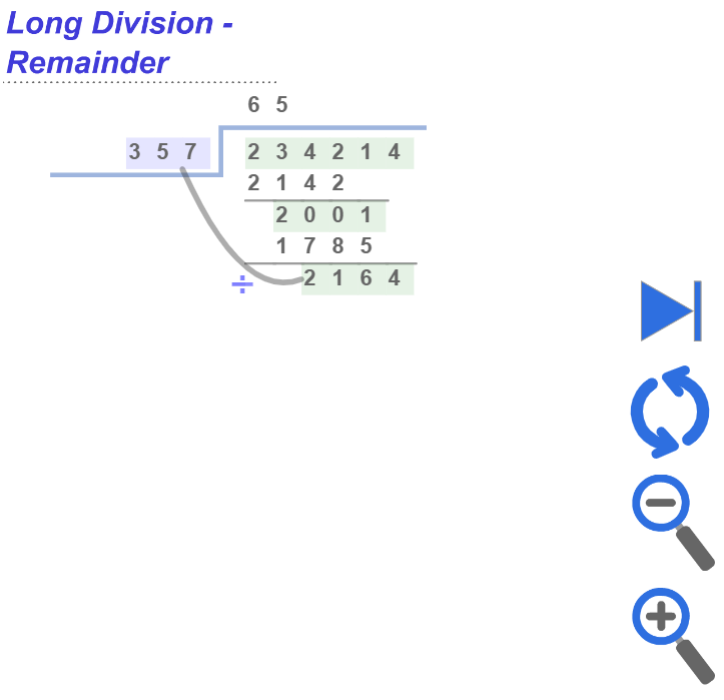
A comprehensive simulation that teaches long division with remainders step by step. Ideal for learners needing clear, guided practice. Also available: a version for float (decimal) quotients.